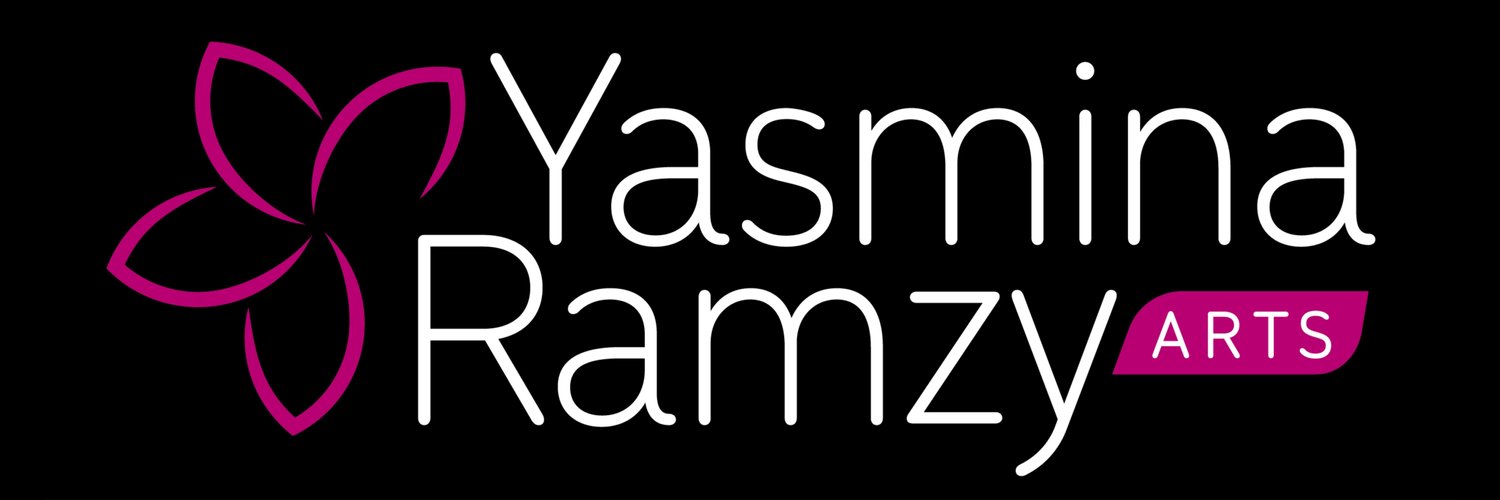PLUG INTO THE POWER SOURCE
Giving in to the source, whether it be the pelvis or the floor or Arab music or Arab culture is the moment one becomes a Bellydancer.
Sohair Zaki, Samia Gamal, Naqua Fouad, Dina, Tahia Carioca, Fifi Abdou, Naima Akef, Mona Said and all the greats of the art form we call Bellydance are vastly different artists with vastly different movement and emotional expression. However, they have two things in common. When it comes to movement, all is connected to their pelvis and the ground through their feet. Because of this, they communicate a sense of effortlessness despite how complex and intricate their movements are. No matter how energetic they may become, the audience never senses a tense muscle in their body. All of the movements were created as an emotional reaction to the music.
When it comes to emotionality, again these dancers are vastly different, but they are all connected to the same source. I like to use the analogy of the power bar into which you can plug in your stereo and the TV, the radio, your blow dryer and the vacuum cleaner. No matter what type of outlet and plug may be used in different countries, they all connect to the same electrical source. That power Source is the emotionality of classical Arab music which arises from Arab culture. Arab pop music does not count as it has no depth and emotional range with its mono rhythm and mono scale. The creativity that can be unleashed when connected to the power source of Arab music and culture is infinite.
Thus there are infinite styles, including that of Randa Kamel who many would argue is very Westernized in her interpretation. Indeed she has some balletic and jazzy type steps but she is always using the ground as her power source, never defying gravity and expresses the source of Arab music in her new world way. Randa Kamel is often more popular with foreigners than with Egyptians. Often non-Middle Eastern dancers can relate to her Western style movement and thus they copy her. Unfortunately, performing the same steps without the effortless submission to the ground and to the source of Arab music, just ends up looking like diluted jazz and ballet with a few hip accents and shimmies thrown in.
I always tell my students that in order for a non-Arab to become a good Bellydancer, they have to listen to Oum Kalthoum 24 hours a day for at least two years and visit Egypt at least once. In other words, they need to immerse themselves in the culture and music in order to become connected with the source. Of course, many years of studying good technique is a given, but letting go and giving in to the source, whether it be the pelvis or the floor or Arab music or Arab culture is the moment one becomes a Bellydancer.
(Really having problems lately with the term “Bellydance” and what it has come to represent…a future blog post, I guess. In the thoughts above I am referring to the art form probably better named Raqs Sharqi as obviously the points above do not pertain to Tribal or other fusion forms.)


